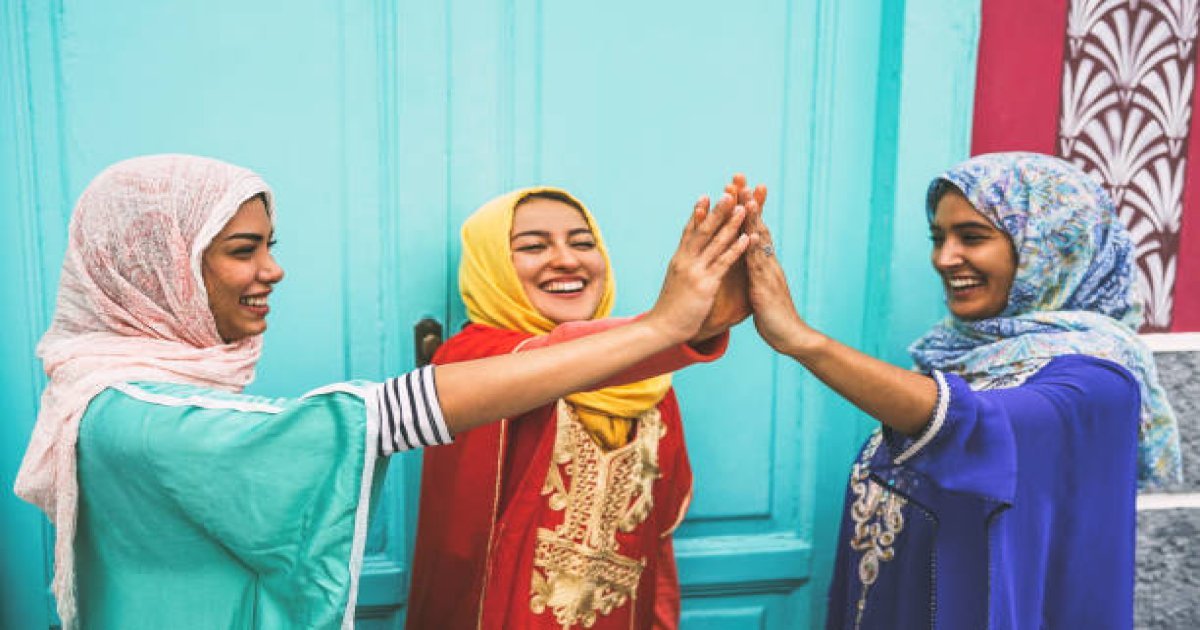What do moroccan people look like?
moroccan people: Their religion is closely tied to that of the Arab world, and their traditions resemble those of Europe. They infuse their customs with subtlety and a distinct understanding of the universe. Who are the Moroccans, and what was their history like?
History of moroccan people
Many travelers regard Morocco not only as a distant and exotic country, but also as a modern-day repository of the past. This is correct: alongside the most recent human innovations, there remain thousands of years of tradition. The merit of the local population rests in such a harmonious and challenging blend.
Although many researchers feel that this chronology is erroneous and that the earliest humans came much earlier, the first communities in Moroccan regions established about the XV century BC. The Berbers, who still live in the oases, were among the first Moroccans to establish.
A few centuries later, the first foreigners arrived in Morocco. When the Phoenicians came, they began to build the cities and ports they needed along the beaches. The Carthaginians drove the Phoenicians to capitulate, but the introduction of Roman rule brought considerable war and ruin.
The region’s existence has only grown more tranquil since the first century AD. Moroccans were referred to as Moors by the Romans, who regarded their country to be a part of the great empire. The local populace is currently busy in trade and the creation of cities and villages.
Religion was also undergoing changes. Although Christianity is preached in Morocco, the inhabitants follow one of its deviant lineages, rejecting traditional orthodoxy.
Such a reprieve does not last long on Moroccan soil; soon after, barbarian attacks on the Roman Empire resume, and after its destruction, they spread to all corners of the country. The Moroccans are then imprisoned in the midst of a fight between two massive forces: barbarian invaders and the Byzantine Empire. The conflict is resolved in favor of the latter, but Byzantine power is fleeting. Islam was introduced to these countries by Arab invaders, who subjugated the local people. A separate state is established for a short period, but it disintegrates within a century, breaking up into territories dominated by local dynasties.
Morocco’s golden age occurred in the second part of the sixteenth century. The country’s opposing areas come together, which aids in the development of architectural and cultural orientation. Furthermore, a large number of Moors migrate from the Spanish regions, where they work and contribute to the local population.
In the seventeenth century, the battle between three powers exacerbated the problem. Britain, France, and Spain put enormous pressure on the country’s population, and it took a long time to decide who owned the region. The British eventually surrender, and Moroccan territory is divided between the other two combatants, with the French retaining the “lion’s share” of Morocco.
Such historical upheavals have contributed to the development of numerous cultures and linguistic variants. Moroccans speak Arabic predominantly, but the majority also speak French and Berber. There are currently about 15 million of these people.
moroccan people Customs and Traditions
Morocco, in general, combines Arab and European characteristics. This interesting blend has had an impact on both the cultural world and Moroccan customs. One of these people’s distinguishing characteristics, for example, is their hospitality. A visitor to a Moroccan home will be served to the best, seated in the most prominent position, and surrounded by care and attention. Moroccans, like many Europeans, leave their shoes on the doorstep yet enter the house barefoot. Simultaneously, the invited guest should not appear without a gift for the hosts. Ideal for gifts or desserts.
Many guests are astounded by the Moroccan holiday table. It is entirely lacking in cutlery. Tradition holds that they are not required. Couscous, a traditional cereal-based dish, must be eaten with the hands, with three fingers of one hand delicately gripping. Before and after dining, you must wash your hands, and two containers of water are provided.
Moroccans enjoy long, in-depth conversations over tea. Surprisingly, they never drink it from enormous glasses; they believe that the best tea is hot and fragrant. As a result, one person at a tea party can eat more than five tiny cups of freshly made tea.
Another revered product is bread. It is uncommon to consume it fast or in large quantities. Such treatment is considered insulting to the sacred supper by Moroccans.
According to popular belief, Moroccans are not expected to display their amorous sentiments in public. Public kissing or hugging would thus be considered disrespectful. There are also various appearance requirements, especially for ladies. Moroccan women wrap a scarf around their heads and cover their entire body. This is ideal for both the local climate and compliance with decency requirements. Clothing that is overly short or too exposed is considered impolite and inappropriate.
moroccan people are also barred from consuming alcohol. Because they are not permitted to consume alcohol due to their religious beliefs, it is only provided to tourists. Moroccans enjoy their beloved tea during holidays and family gatherings.
Moroccans are an intriguing people with a complicated history. Power in their realm has moved over time, bringing with it both problems and opportunities. Moroccans today are outgoing, open-minded, and entrepreneurial. Because of these characteristics and intrinsic resourcefulness, they have survived the storm of events and remain a distinct and unique people. Please contact us if you require any other information.

